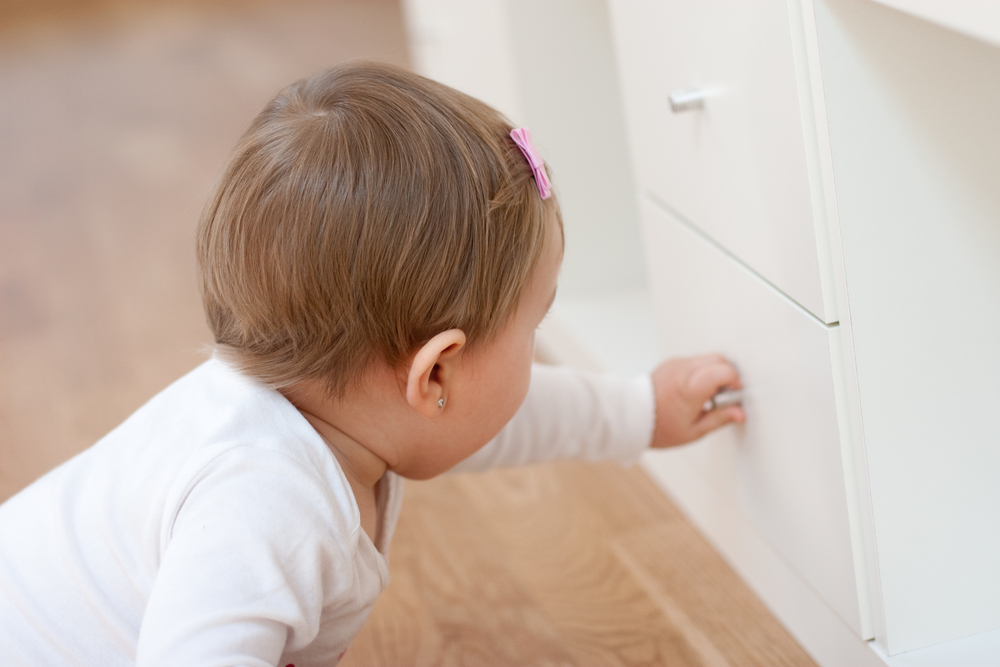Baby safety includes the measures and enhancements to keep infants and toddlers safe from accidental harm and death. This involves child-proofing your house or taking necessary baby safety precautions to ensure your toddler’s health.
At around six to nine months, infants begin to crawl, exposing them to several hazards. Hence, parents and caregivers should be able to spot risks before the baby notices them. Also, it is best if parents or caregivers are well versed in babies’ safety precautions to prevent accidents, injuries, and even death.
Parents have a critical role in keeping their children safe, regardless of their age. In addition, parents must provide a secure environment for their youngsters to live and grow in. Because babies are curious and adventurous as they learn to utilize their minds and bodies, it is crucial to provide a safe setting for them to do so, even before the baby is active in the early months.


